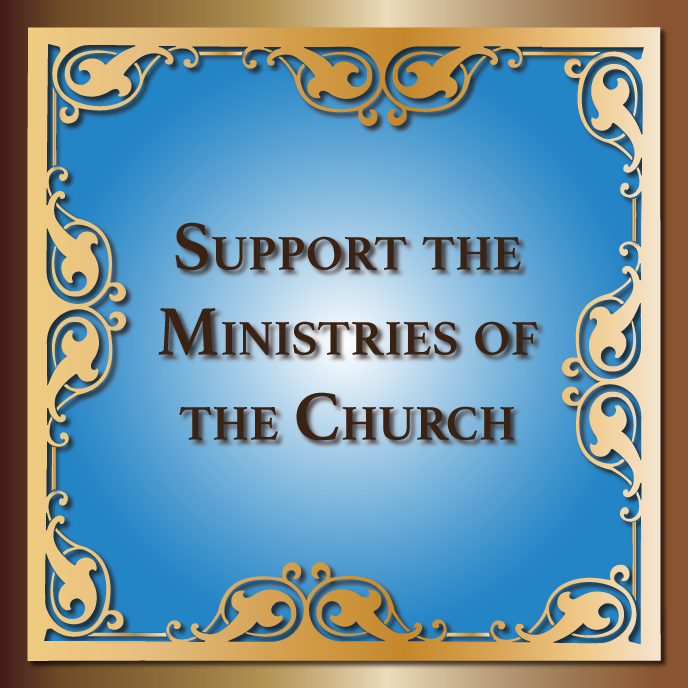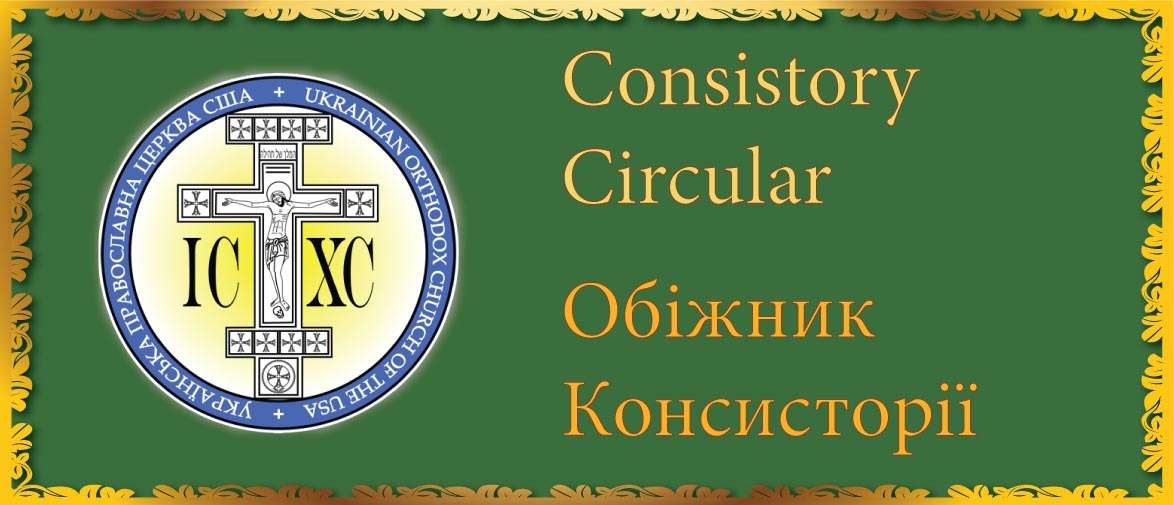Genealogy is a popular pastime for many Americans today. There are numerous high-profile websites and even TV programs dedicated to helping people learn “who they are”. Many people begin their ancestry search hoping to find wealthy or noble predecessors, naively hoping to find someone who came over on the Mayflower (little danger of that for us Ukrainian Orthodox!) Yet as any experienced genealogist will confirm, it’s not what you want to find, but what you really do find that you must be prepared to accept.
This Sunday, our reading is the beginning of St. Matthew’s Gospel, and it begins with a genealogy of Jesus Christ. Of the whole liturgical year, this was the favorite pericope of our late beloved +Metropolitan Constantine of thrice-blessed memory, and I can still clearly hear him majestically intoning the cadence of all those names. For many, these names have little relevance; it is our lack of familiarity with the Old Testament which condemns us. St. Matthew very methodically compiled this listing, which includes figures both famous and infamous, in order to help us understand just Who Jesus is and why He came.
One would expect the pedigree of the Messiah to include only the most noble and pious figures throughout history, and Jesus is clearly shown to be a descendant of David, as would be expected; however, his ancestors include notable sinners, non-Jews, and in a very uncharacteristic move for a genealogy, women.
Judah impregnated his own daughter-in law. Would we be happy to uncover him as an ancestor? Rahab was a prostitute. How would you put that on your coat of arms? David himself, the great King, was guilty of adultery and murder – how many of us would be proud to claim such an ancestor? We need to apply the great axiom of St Gregory Nazianzen: what is not assumed is not saved. St. Matthew is reminding us that by accepting sinners as His ancestors, our Lord came to save sinners: A Savior for those who need to be saved.
St. Matthew doesn’t hesitate to tell us the Messiah wasn’t a “pure-bred” Jew. Rahab the harlot was a Canaanite native of Jericho, and Ruth was a Moabite convert. The unshaken assumption of any devout first-century Jew was that the Messiah would be a Messiah for the Jews and Jews alone, but this genealogy teaches us otherwise – it reveals the universality of Christ. It would be St Paul who would later explain so clearly “there is neither Greek nor Jew, circumcised nor uncircumcised, barbarian, Scythian, slave nor free, but Christ is all and in all.” (Colossians 3:11)
And it is significant that while descent was usually traced through the father, St. Matthew does indeed mention Tamar, Rahab, Ruth, and the wife of Uriah. Without reading modern feminism into the text, the Evangelist wants us to know that our Lord welcomes women into his company, as was later clearly demonstrated during his three-year ministry.
So, far from being an exercise for priests and deacons (and bishops) to practice their Hebrew pronunciation, we see the powerful message conveyed by the genealogy; yet it is not only the persons named who give us food for thought. The very structure of the genealogy itself conveys a powerful message.
St. Matthew is very careful to stress the alignment of fourteen generations: “from Abraham to David is fourteen generations; from David to the Babylonian exile, fourteen generations; from the Babylonian exile to the Messiah, fourteen generations”. Again, considering the Old Testament a bit more closely, we can see a pattern. The fourteen generations from Abraham to David cover the period when the Jewish people were ruled by Judges.
The fourteen generations from David to the Babylonian captivity cover the period when the Jewish people were ruled by Kings. The fourteen generations from the Babylonian captivity to the birth of Jesus Christ cover the period when the Jewish people were ruled by Priests. St. Matthew wants us to see that there was no Savior during each of these stages. Salvation was not possible through a Judge alone, or through a King alone, or even through a Priest alone, but Salvation comes only in the fullness of time through the Incarnation of Jesus Christ, who perfectly unites within Himself the offices of Judge, King, and Priest.
Furthermore, the Jews were quite fond of finding significance in numbers. Hebrew, like Slavonic, had no special characters for numerals; letters of the alphabet were used to express numbers, as well. When an astute Jew would add up the numerical values of the consonants (vowels weren’t used) that spelled the name David, he would get – 14! St. Matthew didn’t want to leave any doubts.
At one point during our Lord’s ministry, He paused and asked his disciples, “Who do people say that I am?” He then asked a more direct question: “Who do YOU say that I am?” This beautiful genealogy is St. Matthew’s gift to each of us, to help each of us come to the right conclusion.
Fr. Michael Kochis
|
| |||||||||||












